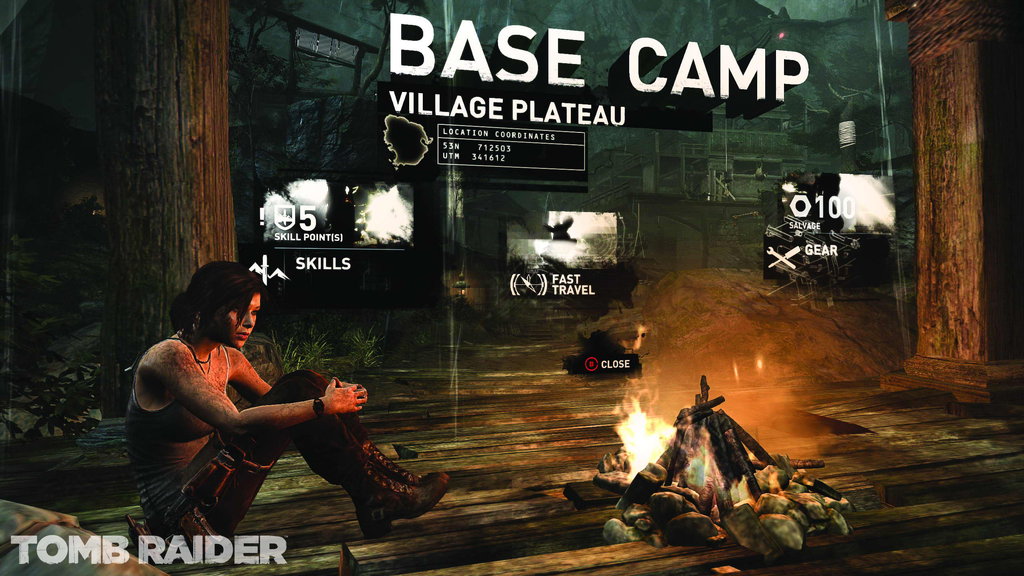Games come out in all different shapes and sizes nowadays, from bite-sized iOS games, to handfuls of downloadable games, and to armfuls of retail games. But does it always really fall into place that easily? Is it really on a scale of cheap to expensive, big to small, iOS to retail? In reality, black and white have all but faded away in today’s game structure. Retail games can be shorter than iOS games and those once-small downloadables are only a box away from retail in size and scope.
What Does “$60” Mean Anymore?
As far as I can tell, virtually nothing. Nothing but budget and a big publisher to put it on store shelves.
Really, there are those choice few special experiences that come along. The BioShock Infinites, the Batman Arkham Cities, the Grand Theft Autos, but the line that separates those games and their $15 competitors gets blurrier and blurrier everyday. Yes, there will always be the one person that says, “I played Skyrim for 150 hours, let’s see a downloadable game do that!” But I will be just as likely to respond: I played the 10 hours of Shadow Complex four times over, and had one hell of a time for every playthrough.
As we move forward into the next generation, where inevitably these lines will cease to exist, we really need to start looking at this pricing structure as the base, and build on it.
I would gladly pay a solid $30 for Bastion because I feel like I got a retail experience out of it. On top of that, I’m glad I paid $40 for a game like 3D Dot Game Heroes, because that felt like a properly priced game as an homage to Zelda, as opposed to being a $60 purchase.
Of course, these examples only apply to me, and I can’t speak for others. If we are really balancing experience and price, those are just two cases I would find to be appropriate adjustments.
Now, I don’t mean to say time = money, although the general audience will definitely agree that is the only way to calculate price; I simply think it should at least be considered in the equation. Publishers should consider certain downloadable games as more worthy of a retail price, and they should also consider vice versa for specific retail games. If you know a game isn’t going to sell well, but will sell better at a lower price, then at least keep the option of launching at that price open.
Example: Sony punched down the PS3 version of Playstation All-Stars Battle Royale on the PSN to $40 a couple weeks after it’s launch because it wasn’t selling well. Though it was a temporary sale, it helped get more digital sales, and assisted the game in the long-run.
Keep in mind: I know this probably won’t happen again, but moving forward, publishers need to consider launching at different price-points digitally to get better sales when 3.4 million copies of Tomb Raider is supposed to be a disappointment. As game development gets inevitably more expensive, this will become mandatory. The sooner publishers start reassessing launch-prices, the better for both them and the consumer.
In general I’m saying that maybe boxed retail games should reconsider this $60 price point, at least if everything is going digital and those experiences hope to stand up to the amazing and affordable downloadable games on the horizon.
This brings up a large point though: do indie developers want big budget games priced the same as their games, which are already at a disadvantage? I can’t say, because that separation in price has definitely led me to indie games in the past, when I know I’m on a budget. If they’re both priced at, say, $30, to find a nice average point in the middle, wouldn’t the average consumer buy the title they know over the unknown indie game nine times out of ten?
It really is a mystery, but the point stands that all of those games are going to be on the same marketplace or storefront, and they will most likely be priced similarly with deals happening more often. Steam has proved that indie games and retail games can stand next to each other, have similar price points, and they can both flourish. Having the next Xbox and the PS4’s storefront set up more along the lines of the Steam store should be the end goal.









